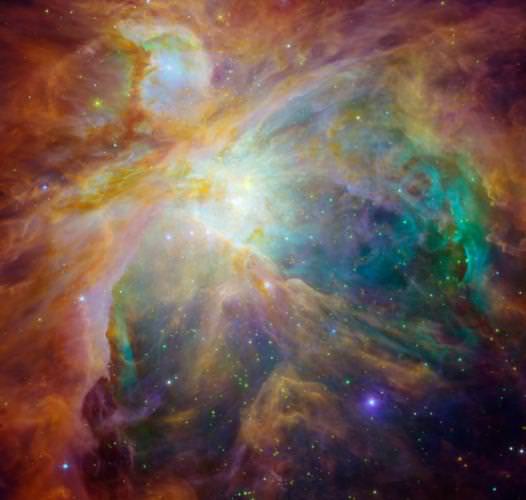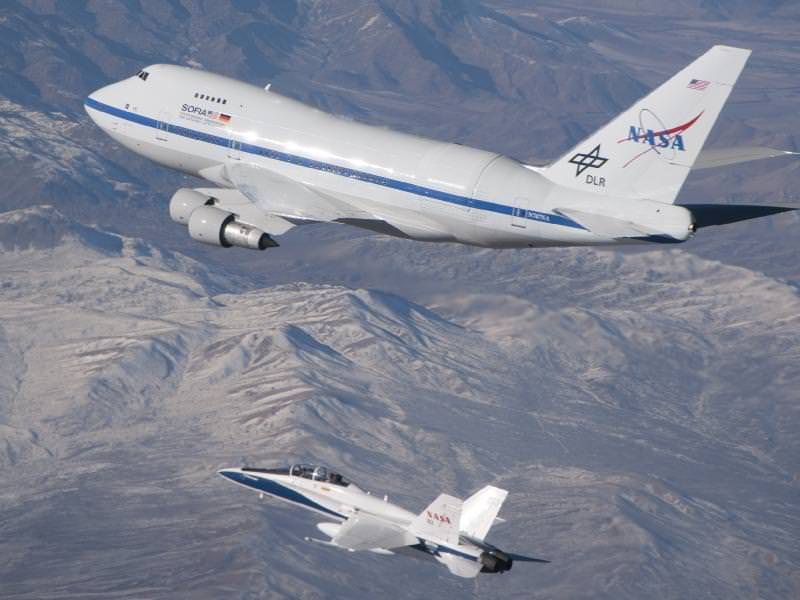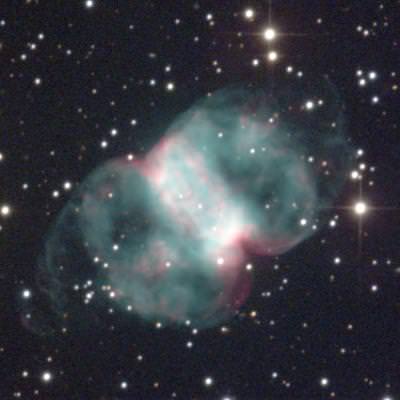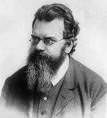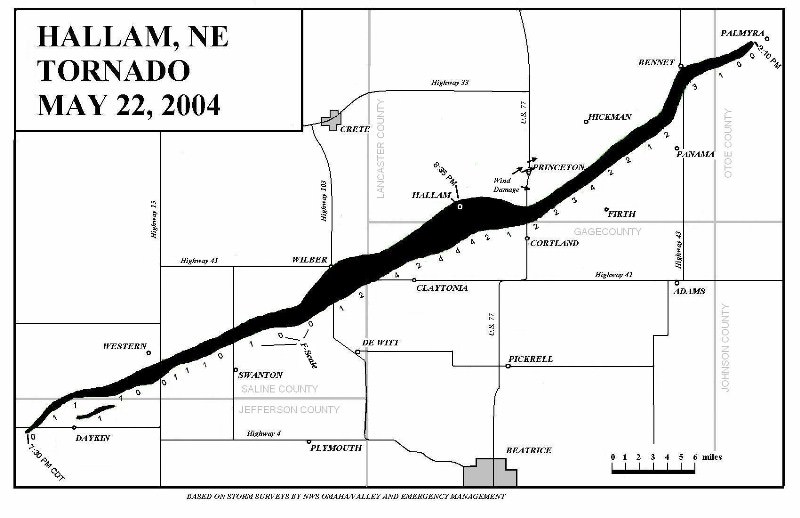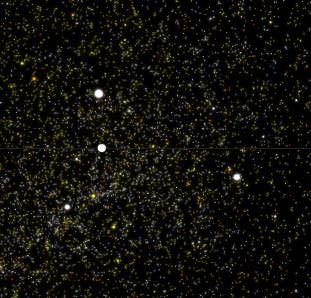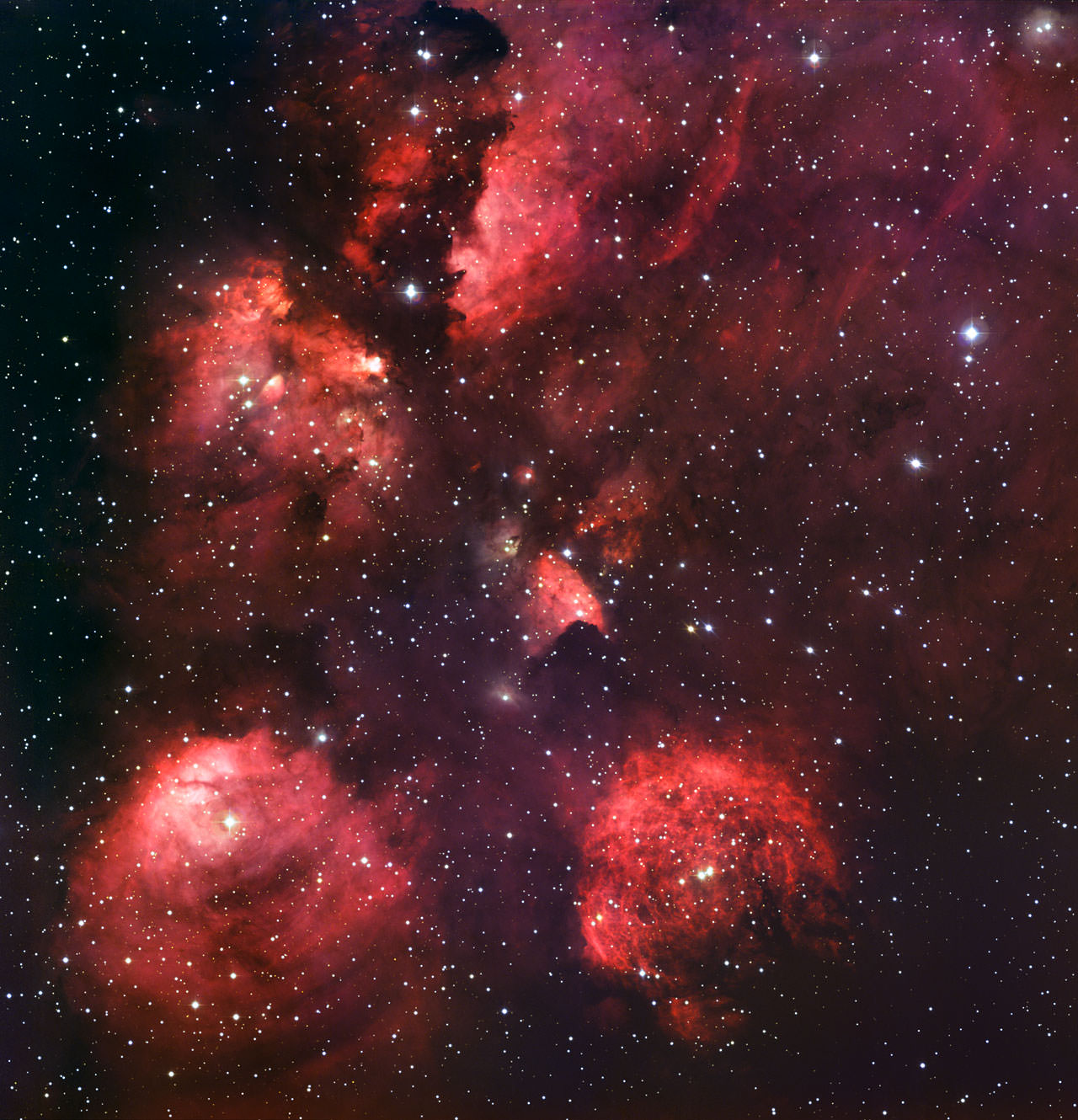Pythagoras, the Greek mathematician and philosopher, is credited with saying, “There is geometry in the humming of the strings. There is music in the spacing of the spheres.” This idea of the “Music of the Spheres” has endured over the centuries, ultimately informing how Kepler visualized the movements of the planets, which led him to formulate his laws of planetary motion. The notion that the stars, planets and galaxies resonate with a mystical symphony is a rather appealing one.
If you’ve ever been curious about how this music would sound, I’d invite you to watch and listen to The Wheel of Stars. Jim Bumgardner, a software engineer specializing in visualizations who consults out of his home in Los Angeles, created this visualizer that utilizes data from the Hipparcos mission. The program puts the stars in the sky to an ethereal music of their own making.
As he describes on the site:
To make this, I downloaded public data from Hipparcos, a satellite launched by the European Space Agency in 1989 that accurately measured over a hundred thousand stars. The data I downloaded contains position, parallax, magnitude, and color information, among other things.
I used this information to plot the brightest stars, and cause them to revolve about Polaris (the North Star) very slowly, as the stars appear to do. Like the night sky, this is a sidereal time clock — it takes nearly 24 hours for the stars to fully rotate. You’ll notice some familiar constellations, such as the Big Dipper in there. As the stars cross zero and 180 degrees, indicated by the center line, the clock plays an individual note, or chime for each star. The pitch of the chime is based on the star’s BV measurement (which roughly corresponds to color or temperature). The volume is based on the star’s magnitude, or apparent brightness, and the stereo panning is based on the position on the screen (use headphones to hear it better).
Other projects that Bumgardner has developed include a music box that generates sound using trigonometry and harmonics and a camera that renders everything in ASCII code (yes, of course you can make yourself look like you’re in The Matrix). He also designed Coverpop, a program to which a user can give criteria that it uses to collects images and make a mosaic. All of these programs are more easily viewed and listened to than described, and are available on the Wheel of Stars site.
I interviewed Bumgardner about The Wheel of Stars via email. Here is what he had to say about the making of what he calls a “software toy”.
UT: What gave you the idea to make the Wheel of Stars?
JB: I’ve been interested in methods of producing automatic music since I studied music composition at CalArts. Among my interests are self-playing instruments like wind chimes, aeolian harps, player pianos and music boxes. A previous project which led directly to this one was my Whitney Music Box, based on the visual motion graphics of John Whitney.
So, already having the basic idea of using mathematical and random sources to trigger notes, in the style of a disc music box, it occurred to me that the stars themselves might make an interesting generator, and such a music box would make a very literal kind of “music of the spheres.”
UT: After looking at some of your other projects, I’m hard pressed as to exactly what to call the “Wheel of Stars.” It’s a toy, but more. It’s not really “just a software program,” or music visualizer, either. So, what do you call it?
JB: It’s a lot of things: It’s an aleatoric music composition which uses astronomical data for the “chance” element. It’s a software toy. It’s a work of art. It’s a musical clock. I think “software toy” is probably the best description from the above — a description I’ve applied to a lot of my projects. We hesitate to use the word “toy”, because we fear it belittles the project, but I think it imparts a healthy amount of playfulness in the description, and ultimately, these are works of play for me. I wrote a blog post which addresses this issue to some extent.
UT: I have to admit thinking, “This sounds what I have always imagined the “Music of the Spheres” to sound like.” You mention this in your description of the Wheel. This is probably a question you’ve had before, but I have to ask: was there any sort of influence from that age-old concept of the “Music of the Spheres” for the Wheel of Stars?
JB: Absolutely. My “Whitney Music Box” is another kind of music of the spheres, based as it is on basic trigonometry and harmonics. A lot of my work is concerned with circles, and I imagine I could go on making other kinds of “Music of the Spheres” for a long time to come.
I should also mention that the ethereal quality of the music is very much affected by my choice of audio sample. If I had used a Banjo sound, the effect would be quite different. I chose that particular sound because of my own preconceived notions of what a star should sound like. Probably a similar mental process to what Alexander Courage went through when he chose the opening notes for Star Trek.
UT: What would you like viewers/listeners to take away from the program/toy/visualizer?
JB: A little wonderment. A little more interest in the stars. Maybe do some research on Wikipedia, or pick up a good starter book like H.A. Rey’s “The Stars”. A very few listeners might be tempted to teach themselves how to program computers and make their own software toys. The “Processing” language is good place to start (processing.org).
UT: Have you had many planetariums or schools contact you to get it incorporated into their shows or curriculum?
JB: A couple nibbles, but nothing serious yet. I’d love to set up a large scale version of this piece — I think it would have a significant impact on the viewer.
UT: Did you design it with schools/planetariums in mind, or was it more for the pleasure of doing so?
JB: I made the piece because I was curious what it would sound like. Would it be totally random? Would there be hidden melodies or a secret message hidden in the stellar arrangement? Ultimately, I think I found a little bit of both. It’s quite different in character from what I would have gotten if the points where laid out with a number generator (and of course my choice of parameter mapping has a big effect on the outcome), but it’s not exactly morse code.
I also wanted to share it with people. The first version I made, in Processing, wasn’t easily sharable, so I ported it to Flash, so I could put it on the website.
UT: Any screen saver software planned for the future?
JB: I’ve prepared a stand-alone version which I email to folks upon request. It can be converted to a screen-saver with the right software. In my opinion, screensavers aren’t ideal for this kindof piece, because you don’t want your computer emitting sounds when you walk away (and can’t turn it off). But I think a stand-alone program that doesn’t require internet access, and which has higher quality sounds would be great.
UT: Do you plan to make any other astronomy-related programs like the Wheel of Stars?
JB: Yes. It occurs to me that a series of (8 or 9) short pieces based on astronomical data about the planets (their motions, and composition) might be interesting. However, at the moment, I’m pretty busy with other things.
UT: What other projects are you working on, astronomy-related or otherwise? I’ll cover the ASCII cam, Whitney Music Box and Coverpop and others in the article.
JB: I’m working on facilitating a showing of James Whitney’s extraordinary films “Lapis” and “Yantra” in Los Angeles next month (February 10th at the Silent Music Theater in Hollywood). We wlll be showing new digital transfers of these films, with live musical accompaniment. I also host and play piano at an Open Mic at Jones Coffee in Pasadena every month.
A couple of computer-related projects of interest: my recent music piece “Kasparov vs. Deep Blue” in which I programmed a chess computer to produce musical feedback showing what it is “thinking”, [See the video here] and my work simulating the automatic music algorithms of Athanasius Kircher. [a link to the paper can be found here].
Source: email interview with Jim Bumgardner. Cycling helmet nod to The Bad Astronomer

